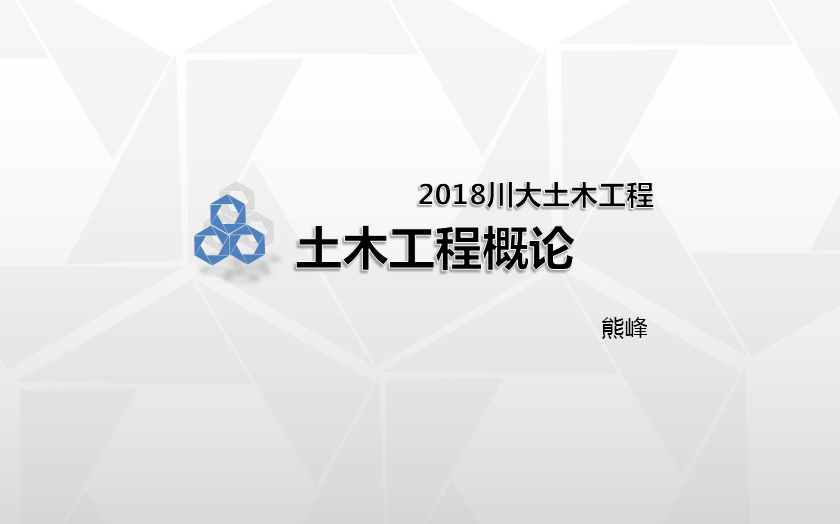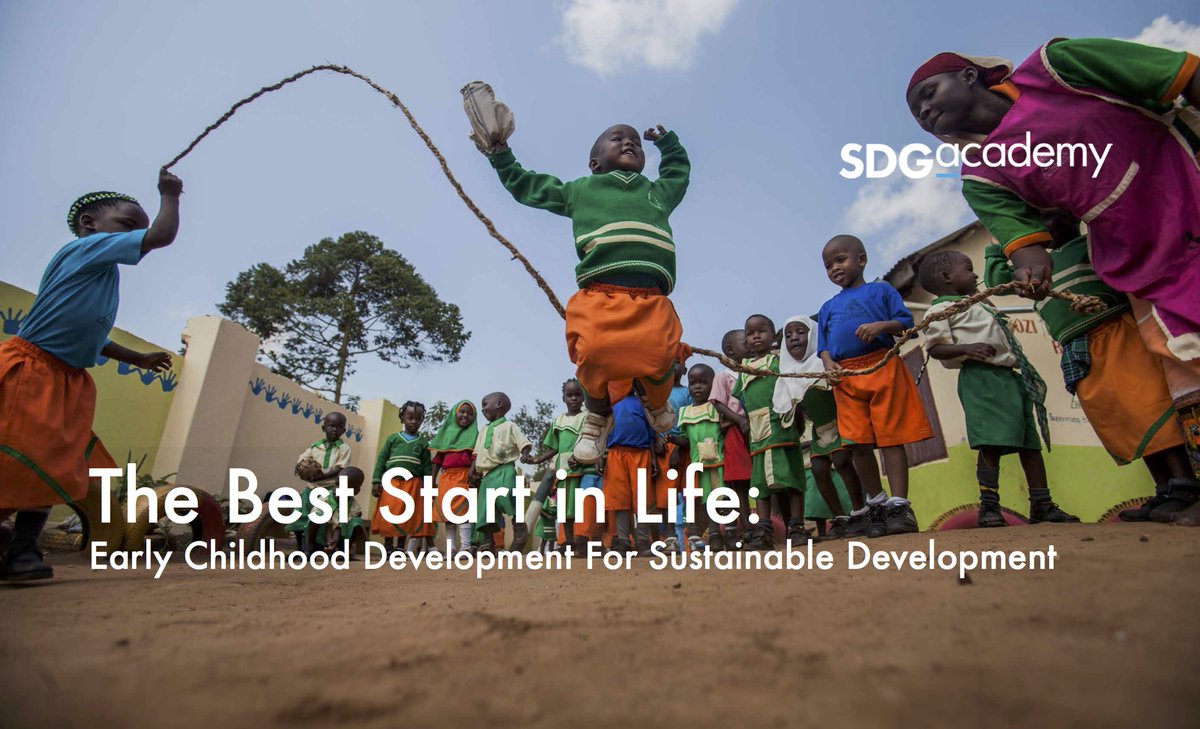
当前课程知识点:New Media and Cultural Studies > Final Exam > Final Exam > Discussion Questions of Lesson 2
返回《New Media and Cultural Studies》慕课在线视频课程列表
( Choose One to Answer)
1. Every year, “No Stalk Burning” slogans are posted. Please analyze your view on relevant news reports from the perspective of rhetoric criticism.
In recent years, for the sake of environmental protection and safety, all levels of government departments take the problem of “farmers burning stalks” very seriously. Especially in the summer and autumn harvest season, all forms of propaganda, supervision, inspection, all levels of fire brigades and fire prevention groups work together, and a variety of “No burning stalks” slogans can be seen everywhere. Please analyze the news reports about stalk burning, especially the slogans and pictures: (1) Do you think the slogans in media reports are good? (2) What kind of framework is used in relevant slogans? Please try to analyze from the perspective of rhetorical criticism.
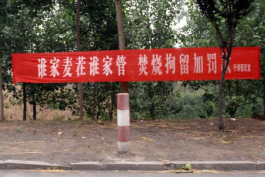
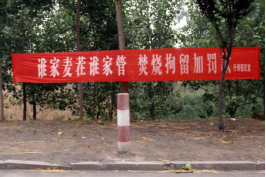
Set a fire on stalks, have some time in jail. Take care of your own stalks in any way but burning,
or you’ll end up in custody and be fined.
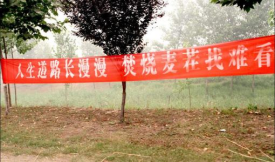
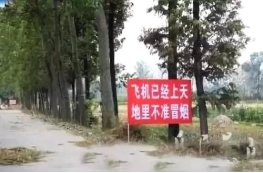
You have a long life before you, Human are developed enough to fly planes,
don’t burn stalks and get yourself in trouble. don’t use the undeveloped way of burning stalks any more.
“No Stalk Burning” Slogans
2. Please analyze news reports about “Snow Falling in the Forbidden City” from the perspective of rhetorical criticism.
In February 2019, the Forbidden City of Beijing saw snowfall. Tourists are very excited, walking in the snow, taking as many photos as they can. News about “snow in the Forbidden City” and pictures of the snow-covered Forbidden City are also posted constantly on the internet. Some netizens said, “a snowfall brought Beijing back to Beiping (name of the city in the old days), and turned the Forbidden City back to the Imperial Palace (name in the feudal times)”; some even expressed their admiration poetically with “A snowfall brought the Forbidden City 1000 years back to its imperial glamour: Snowflakes fall like tiny pieces of flowers, and inlaid in crimson walls. Savor the weighted and peaceful beauty that endured hundreds of years in flying snowflakes against emerald-shaded roofs and vividly-painted pillars.” In recent years, with “smog” becoming an important environmental problem, the air quality of Beijing became a matter of great concern. However, one snowfall brought so many beautiful visual sensations and aesthetic imagination. Try to analyze: (1) There has been snow in the Forbidden City before. Why did people pay special attention to it this time? (2) What kind of visual rhetorical perspective is presented in the news about snow in the Forbidden City?
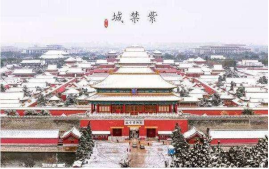

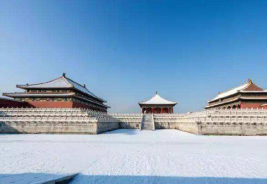
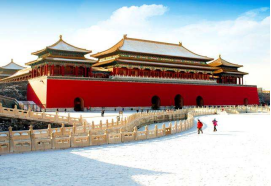
3. Ethnic solidarity has always been highly valued by the party and the country. Let’s analyze relevant news reports from the perspective of rhetorical criticism.
Ethnic solidarity is an important guarantee for maintaining social stability, integrity and long-term stability of the country. In July 15th 2019, during General Secretary Xi Jinping’s visit to the Ma An Shan village of Henan street, kalqin banner, Chifeng, Inner Mongolia, he said that all ethnic groups should work together as tight as pomegranate seeds in promoting the development of the Chinese people. He also said, “government officials and the masses of all ethnic groups should cherish and protect ethnic solidarity like protecting their own eyes and their own lives.” Ethnic solidarity is like air and sunshine. It’s something that we benefit from for granted and is hard to live without. In the news reports about ethnic solidarity, the media often use words such as “Hotan County, Xinjiang: flowers of ethnic solidarity in full bloom in May”, “harmonious prelude rippling in the ancient city in winter”, “The song of unity resounding through the border”, “watering the tree of ethnic solidarity with heart”, “Dongguotang Village: a lush tree of ethnic solidarity” and so on. The reports also use words such as “constructing the train named ‘Harmony’ featuring ethnic solidarity” “exchanges, communication and integration are the ‘golden key’ to promoting ethnic solidarity and resolving national estrangement. Please analyze: (1) Is it good to use comic images in news reports on ethnic solidarity? (2) What kind of rhetoric is used in the media reports?
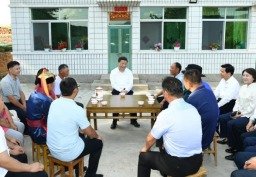
General Secretary Xi Jinping visiting Inner Mongolia in July 2019
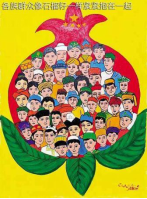
All ethnic groups should work together as tight as pomegranate seeds
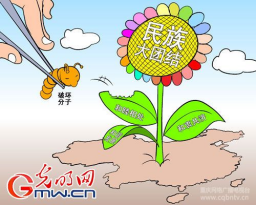
返回《New Media and Cultural Studies》慕课在线视频列表
-1.1 Culturalism
--1.1
-1.2 Marxist Theory
--1.2
-1.3 Structuralism and Post-structuralism
--1.3
-1.4 Gender and Sexuality
--1.4
-Unit Test 1
-Discussion Questions of Lesson 1
-2.1 Aristotle’s Classical Rhetoric
--2.1
-2.2 Kenneth Burke’s New Rhetoric
--2.2
-2.3 Frame and Metaphor: Two Weapons in the Fight for Discourse
--2.3
-2.4 The Concepts of Our Time and the Secret to their Creation
--2.4
-Unit Test 2
-Discussion Questions of Lesson 2
-3.1 Understanding Signs: From Saussure to Pierce
--3.1
-3.2 The Power Relationship Behind Signs
--3.2
-3.3 The Landscape of Signs in the Cyber World
--3.3
-3.4 A Model of Communication Semiotic Criticism
--3.4
-Unit Test 3
-Discussion Questions of Lesson 3
-4.1 Feminist Stance in Romance Web Fiction
--4.1
-4.2 Paradox of Body Consumption
--4.2
-4.3 Women’s Empowerment in New Media
--4.3
-Unit Test 4
-Discussion Questions of Lesson 4
-5.1 Optimistic Theories of Cultural Consumption
--5.1
-5.2 Pessimistic Theories of Cultural Consumption
--5.2
-5.3 Fan Culture and Convergence Culture
--5.3
-Unit Test 5
-Discussion Questions of Lesson 5
-6.1 Understanding Rituals
--6.1
-6.2 Media Events and Media Rituals
--6.2
-6.3 Interaction Ritual Chains
--6.3
-6.4 New Media Ritual Criticism
--6.4
-Unit Test 6
-Discussion Questions of Lesson 6
-7.1 Overview of Subcultural Studies
--7.1
-7.2 Birmingham School’s Subcultural Studies
--7.2
-7.3 The Incorporation of Subcultures
--7.3
-7.4 Case Studies of Subcultures
--7.4
-Unit Test 7
-Discussion Questions of Lesson 7
-8.1 Space and Spatial Epistemology
--8.1
-8.2 Spatial Practice and Power Production
--8.2
-8.3 Lefebvre’s Theory of the Production of Space
--8.3
-8.4 Foucault’s Theory of Space Discipline
--8.4
-8.5 Cultural Consequences of the Production of Space
--8.5
-Unit Test 8
-Discussion Questions of Lesson 8
-9.1 Telegraph: Technology and Cultural Changes
--9.1
-9.2 Virtual Reality: Technology and Space-Time Restructuring
--9.2
-9.3 Mobile Phone: Technology and Subjectivity Alienation
--9.3
-9.4 WeChat: Technology Reshapes Social Relationships
--9.4
-Unit Test 9
-Discussion Questions of Lesson 9
-10.1 Five Shapes of Body
--10.1
-10.2 Philosophical “Adventure” of Body
--10.2
-10.3 The Code of Power Behind Body
--10.3
-10.4 Body Politics in the Era of New Media
--10.4
-Unit Test 10
-Discussion Questions of Lesson 10
-11.1 Internet Freedom: Media Imperialism in the Global Village
--11.1
-11.2 Cyber Diplomacy: The New Blue Ocean of Global Political Communication
--11.2
-11.3 Cyber Terrorism: The Challenge of New Media Decentralization
--11.3
-Unit Test 11
-Discussion Questions of Lesson 11
-12.1 Overview of Research Methods
--12.1
-12.2 Ethnography
--12.2
-12.3 Focus Group
--12.3
-12.4 Interactive Narrative
--12.4
-Unit Test 12
-Discussion Questions of Lesson 12
-Final Exam
